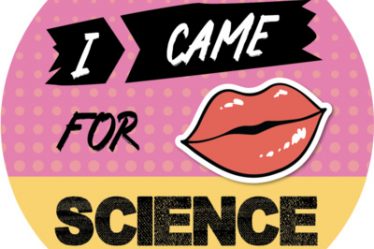Melita Wiles
S&E Co-Editor
As winter storm Landon began Wednesday night, The College of Wooster made the decision to give professors the option to go remote or cancel classes on Thursday, Feb. 3. Other facilities, such as the Scot Center and all academic buildings were closed for the day. The storm started with rain and then temperatures dropped, leading the rain covering the ground to freeze. Then the snow came, and multiple inches of snow covered the ice, making it dangerous to try to walk, run or drive anywhere for hours. The snow continued, barely allowing you to see 100 yards in front of you—if you were brave enough to go out in the blustery conditions. This led to the College making the decision to, again, partially close the campus down and give professors the option of remote learning on Friday, giving students a faux four-day weekend. Fast forward to a couple days later, and the ice still resides on most sidewalks.
Wooster was not the only place hit by this storm. It started in New Mexico and traveled all the way to New England, where there was more than a foot of snow in places like New York and Massachusetts. Multiple states set up overnight warming centers for people in need. Drivers in Texas found themselves at a standstill in freezing temperatures overnight because of an eighteen-wheeler that jackknifed about an hour outside of San Antonio. More than 3,900 flights were canceled on Friday all over the country. At least 150 million Americans were under ice or winter weather advisories and hundreds of thousands were without power.
Winter storms originate from the clash of two air masses of different temperatures and moisture levels. When cold, dry air moves from Canada and meets warm, moist air from the South, specifically the Gulf of Mexico, a front is created. If the cold air advances and eliminates the warm air, it is called a cold front, and vice versa for a warm front. If neither air mass advances, it is called a stationary front. Then, a source of moisture is needed to create clouds, which leads to the formation of precipitation. The precipitation we had was snow, which comes down in the form of snowflakes. These ice crystals will melt into the form of wet or freezing rain which is what Wooster experienced for a bit. This was because the air near the ground was above freezing, which led to the freezing rain. Then temperatures dropped again, resulting in a couple more inches of snow.
As said earlier, this winter storm started in New Mexico and traveled east, towards New England. Most storms experienced in the States move from west to east, due to the jet stream. The jet stream is a narrow band of speedy, flowing air current that moves around the entire earth. These jet streams carry weather systems. The rotation of the Earth also affects weather through the Coriolis Effect. Named after a French mathematician, this effect refers to the curved path that objects moving on Earth’s surface appear to follow because of the spinning of the planet. As the Earth turns, points near the equator are moving faster than places near the poles. This is because the Earth is a sphere-like shape, and the circumference is larger near the equator compared to the circumference near the poles. These points have more angular momentum (This is why rockets are launched in places near the equator, because then their initial speed can be greater, without consuming too much fuel).
Returning to the Coriolis Effect, think of the wind near the equator. The wind starts at a certain speed due to Earth’s rotation. As the wind travels towards the North Pole, it moves over parts of the Earth that are rotating more slowly. The traveling wind retains its angular momentum and keeps moving west to east, overtaking the part of Earth turning more slowly below it. This leads to the wind appearing to bend to the east. This effect is also responsible for why hurricanes in the Northern hemisphere spin counterclockwise, while hurricanes in the Southern hemisphere spin clockwise.
The more you delve into science from any angle, as an earth scientist or physicist for example, you will notice patterns and randomness meet, such as this one just explained, dictating the way these natural processes occur.

